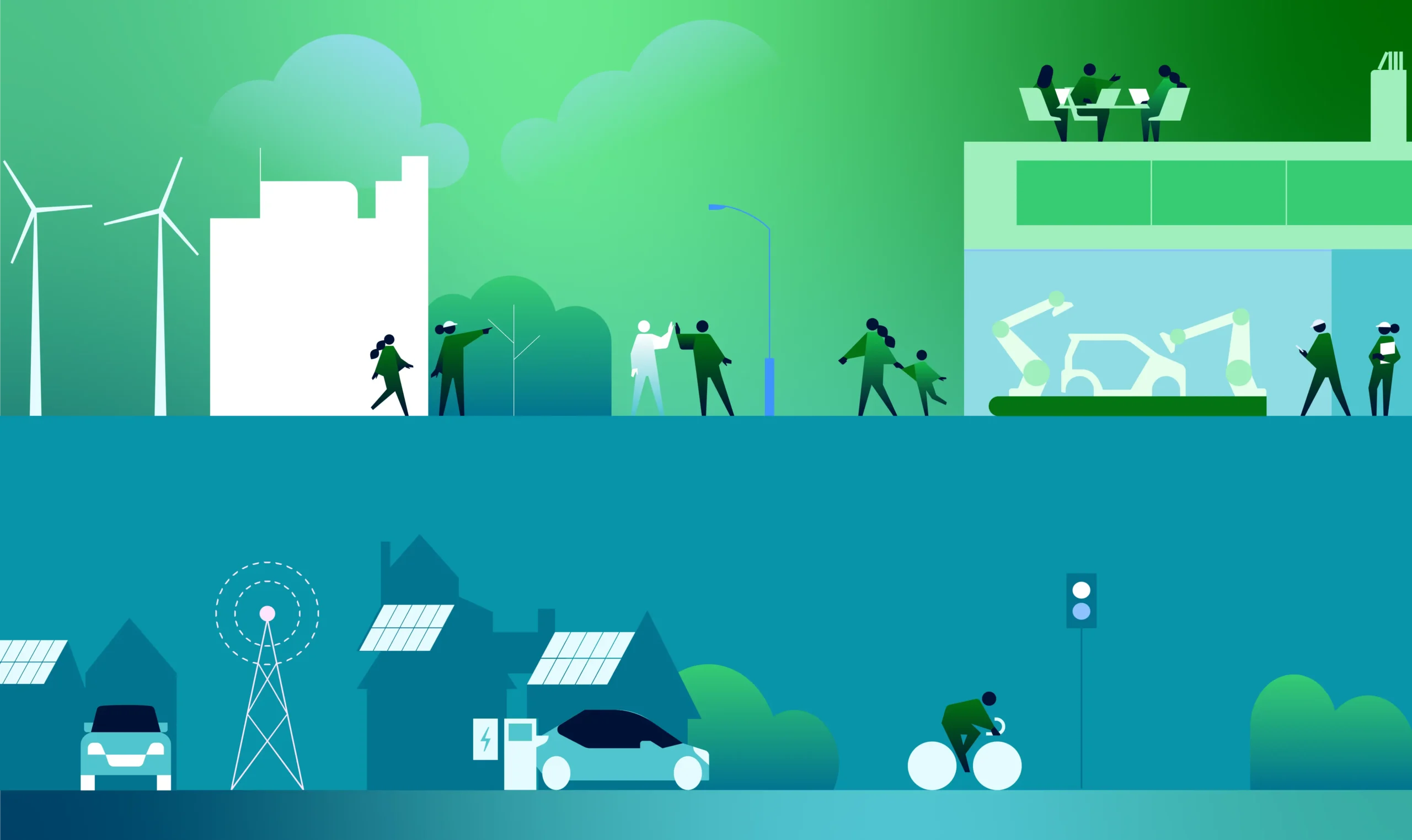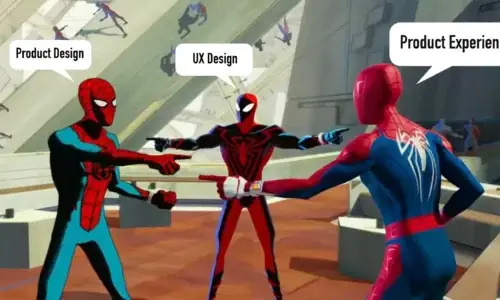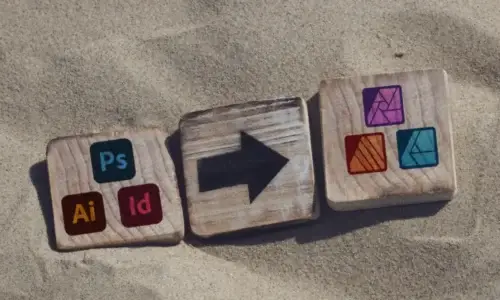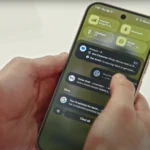How Nokia Sees the Future: 2035 Tech Trends That Will Reshape Everything
- Bilal Akpinar
- May 15, 2025
- Blog
- 0 Comments

Have you ever thought about how our world might look in ten years? Not just in terms of better phones or faster internet, but a complete shift in how we live, work, and connect with everything around us?
I recently followed Nokia’s Technology Vision webinar — the first in a five-part series — and it was one of the most future-facing discussions I’ve come across in a while. It wasn’t just about products or buzzwords. It was about how deep tech, like AI, quantum computing, and spatial internet, will shape a world that feels more human, not less.
Here are the highlights that stuck with me — and why they matter.
***
The Big Idea: A World Where Physical, Digital, and Human Realms Merge
Nokia breaks the future down into three interacting layers:
• Physical world: The environment we live in — buildings, devices, machines.
• Digital world: Everything that can be coded, stored, streamed, or sent.
• Human world: Values, ethics, emotions, and all the things that make us, well, human.
The glue that binds them together? Artificial intelligence. By 2035, AI won’t just be a smart assistant in your phone — it will be embedded in everything, interpreting gestures, voice, context, even emotion. Nokia describes this as a “smart world that feels more human,” and honestly, that hits differently when you think of tech not replacing people, but aligning more closely with how we naturally interact.
***
4 Macro Trends Shaping Technology’s Future
The tech itself is only half the story. Nokia pointed to four major global forces that will shape how innovation unfolds:
1. Geopolitics – With rising global tensions, trust in tech providers is more important than ever.
2. Climate – “There is no green without digital.” Technology must both fight and adapt to climate change.
3. Security & Resilience – In a volatile world, robust, secure systems are non-negotiable.
4. Network Monetization – The era of “build it and they will come” is over. Every new network investment must prove ROI from day one.
It’s a good reminder that tech doesn’t exist in a vacuum — it responds to (and often causes) shifts in society.
What’s Coming in the 2030s: Tech That Touches Every Layer of Life
- Devices: Smarter, Smaller, and More Aware
• Smart glasses won’t replace phones but will work with them.
• Devices will read gestures, voice, even emotional states.
• Brain-computer interfaces and medical sensing are getting real. - Web3 & Spatial Computing: Making the World Clickable
• Think of your surroundings as a 3D interactive layer.
• Web3 brings trust, ownership, and decentralization to this new spatial internet.
• Open standards for 3D maps will be key — no single company should own the digital world. - Hardware & Software: Reimagining the Foundations
• Moore’s Law is slowing down, so we need smarter chips (think chiplets, nanomaterials).
• Battery innovation will be critical — smaller, cleaner, longer-lasting.
• Green software matters: Coding in C can be 80x more energy-efficient than Python.
• AI will not just run software — it will help write and optimize it. - Quantum Tech: The Potential to Disrupt Everything
• It’s not just quantum computing — quantum sensing and communication are equally important.
• Quantum sensors could bring insanely accurate location tracking or new types of environmental awareness.
• But quantum also threatens today’s encryption. The race for quantum-safe security is on.
⸻
Networks Will Need to Do a Lot More — 10x More
Traffic across mobile and fixed networks is expected to increase tenfold by 2035. That means:
• More ubiquity — no more blind spots.
• More symmetry — not just download, but massive upstream traffic from sensors and devices.
• More intelligence — AI-native networks will manage complexity dynamically.
• Integration of terrestrial and satellite (non-terrestrial) networks for true global coverage.
And the most futuristic idea? Networks that don’t just connect — but sense. Nokia’s prototype for joint communication and sensing is a preview of 6G, where the network itself understands physical space.
***
The Real Challenge: Building Trust
One of the most powerful takeaways from the webinar wasn’t technical at all. It was about trust.
When tech becomes more embedded in how we live — reading our emotions, tracking our movements, responding to gestures — people must trust that their data isn’t being exploited.
Nokia emphasized privacy by design, differential privacy for AI, and responsible data governance as central to the vision. If people don’t trust the system, they simply won’t use it. And if we’re building a future that’s deeply personal, trust isn’t optional — it’s the foundation.
***
Final Thoughts: It’s Not Sci-Fi. It’s a Roadmap.
All of this might sound like science fiction, but Nokia’s webinar wasn’t a movie pitch. It was a grounded, research-backed look at what’s unfolding right now — and how we need to prepare for it.
Whether you’re a designer, a developer, an entrepreneur, or just curious about the road ahead, this vision reminds us that the future isn’t something we watch happen — it’s something we build.
So, let’s make sure we build it responsibly, creatively, and with humans at the heart of it all.



